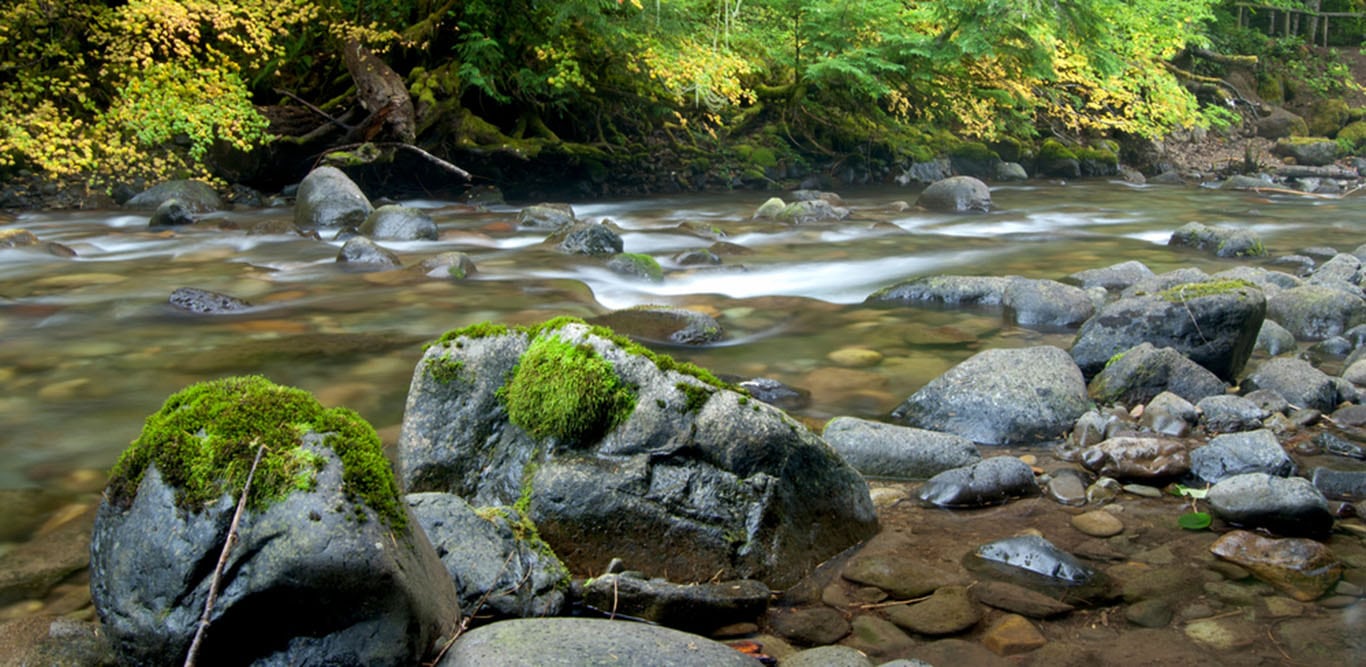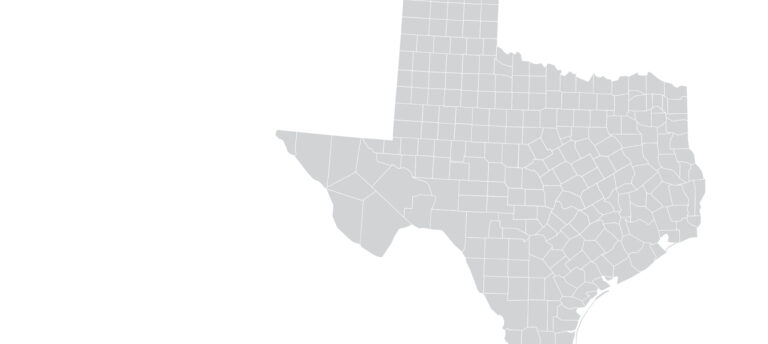We are blessed in Texas with picturesque creeks and rivers on many of our rural properties. Along these bodies of flowing water are riparian zones, critical for maintaining quantity and quality of the precious liquid. The word, “riparian,” means “of the river” and riparian zones are flood plains that transition between upland areas and bodies of water.
Riparian areas or zones are important because they help maintain health of watersheds and healthy watersheds reduce runoff and improve amounts of quality water. The word “watershed” is defined as an area of land where water flows across or under the soil on its way to a stream, river, lake, or ocean. Proper management of riparian zones is important for surface water quality and quantity. Riparian management also has an influence on ground water, because creeks and rivers often channel water into aquifers.
“Vital ecological functions performed by riparian areas link terrestrial and aquatic systems within watersheds,” says Erika Machtinger, United States Department of Agriculture Natural Resources Conservation Service (USDA-NRCS). “These functions include protecting aquatic ecosystems by removing sediments from surface runoff, decreasing flooding, maintaining appropriate water conditions for aquatic life, and providing organic material vital for productivity and structure of aquatic ecosystems. They also provide excellent wildlife habitat, offering not only a water source, but also food and shelter.”
“Nutrients, pesticides, and heavy metals are transported with sediment and trapped in the riparian area,” continues Machtinger. “Many of these substances are broken down by physical or biochemical processes and reduced to harmless forms. Some are taken up by riparian vegetation and incorporated into their living tissues during the growing season. Others bind to sediments and are permanently stored in riparian area soils.
“Stable streams, made possible by an intact riparian system, protect and enhance river and lake environments for recreational uses such as hiking, camping, hunting, fishing, and boating. Clear water, free of noxious plant or algae growth, is important to swimmers and anglers. The scenic qualities of natural beauty, wildness, and privacy are enhanced by native streamside and lakeshore vegetation. Ecological benefits, visual diversity, and aesthetic beauty of a riparian system can be considerable.”
Vegetation is important
“Riparian areas are an important last line of defense for streams and other water bodies,” says Mike Marshall, Texas A&M-Institute of Renewable Natural Resources. “Vegetation in a riparian zone acts as a filter and provides stream bank stabilization.”
“Riparian areas have often been converted to cropland because of soil fertility and convenient access to irrigation water,” Machtinger explains. “Agricultural processes can remove permanent vegetation, which reduces the rate at which water infiltrates through the soil and moves into the body of water. Removal of vegetation increases sunlight that enters the channel resulting in increased water temperatures. Vegetation removal also exposes ground to raindrop impact which dislodges soil particles and increases erosion.
“With careful design, buffers can serve several important riparian functions. A riparian buffer is an area of varying size managed to reduce the impact of adjacent land uses on aquatic ecosystems. Like a natural system, well-designed buffers can preserve the characteristics of bodies of water, protect water quality, and improve habitat for wildlife in the surrounding area. To optimize their effectiveness in controlling agricultural contaminants, riparian buffers should be designed with awareness of adjacent land uses and management. For severely eroded banks or deeply entrenched creeks, stream restoration, in addition to buffers, may be required.”
Recommended minimum widths and effectiveness of vegetative filter strips are shown in Tables 1 and 2, respectively.
TABLE 1 | Minimum Width For Vegetative Filter Strips Where Soil Is Tilled.
| Slope (%) | Minimum Width in Feet |
| 1–3 | 25 |
| 4–7 | 35 |
| 8–10 | 50 |
Standards and specifications No. 393, Usda-nrcs field office guide, 2004.
Table 2 | Effectiveness Of Filter Strips In Reducing Fecal Coliform Levels Under Varying Conditions.
| Fecal Coliform Reduction (%) | Slope (%) | Buffer Width In Feet | Runoff Source |
| 43–74 | 9 | 30± | Poultry Litter On No-Till Cropland |
| >99 | 4 | 3–82 | Manure On Improved Pastureland |
Mike Marshall, Texas A&M-Institute of Renewable Natural Resources.
“Trees and shrubs mixed with grasses and sedges are needed on most riparian zones innatural systems to dissipate energy and keep creek and river banks from washing away in flash floods,” says Steve Nelle, Riparian Specialist and Wildlife Biologist Consultant. “This type of vegetation slows overland water movement and causes a greater amount of sediment and nutrients to be deposited on the riparian zone prior to reaching the creek or river bed.”
Vegetative cover protects soil microorganism populations by cooling the soil and providing nutrition. When areas become bare due to over grazing or other causes, microbes are destroyed and the soil becomes sterile. If the watershed is sparsely vegetated or contains bare ground areas, runoff removes large amounts of soil which will eventually impede water flow in streams and rivers and reduce water holding capacity of ponds and lakes.
Water from precipitation also percolates or moves downward through soil pores to replenish underground aquifers. Pores in bare ground become sealed and there is essentially no water percolation; so sparsely covered soil negatively impacts groundwater supplies.
A covered soil holds more water by binding it to organic matter and loses less water to runoff and evaporation. The amount of organic matter increases in soil when it is covered by vegetation and dead plant material residue. Organic matter holds 18 to 20 times its weight in water and recycles nutrients for plants to use. One percent organic matter in the top six inches of soil holds approximately 27,000 gallons of water per acre.
“Big trees growing along streams can shade the water and provide good fish and wildlife habitat,” Nelle continues. “Their massive, far-reaching root systems reinforce the banks against flood damage and help provide stability. Depending upon the area, riparian trees can include pecan, elm, cypress, sycamore, cotton wood, willow or oak.
“Invasive exotic plants such as giant cane, saltcedar, Chinese tallow and others may sometimes dominate riparian areas. These plants may form near monocultures and crowd out native plants. In these cases, selective control measures are warranted.”
Protective Management
Selective control measures can involve mechanical removal of unwanted species leaving the desirable plants undisturbed. Mechanical methods include various types of saws and tree grubbers or excavators. A second option is individual plant treatments (IPT) with herbicides, which includes basal treatments and stem/leaf sprays. Read and understand the product label before using any herbicide. Ensure that the target plants are listed on the label and pay special attention to any precautions or restrictions on use of the particular herbicide around water.
“It’s important to avoid overgrazing riparian areas in order to keep them in healthy condition,” says Marshall. “Animals may need to be fully excluded from these areas or only given access for short periods. If the creek, lake or pond is used for watering livestock, consider other water sources.”
“Grazing is the most important factor that influences riparian vegetation,” says Nelle. “Heavy and prolonged grazing damage riparian vegetation and render it ineffective at retaining sediment. Management in riparian settings should strive to provide short livestock grazing periods followed by long rest periods to maintain or enhance desired plant communities. Only two to four weeks of grazing each year with a large number of animals may be appropriate for maintaining good riparian vegetation. This type of flash grazing can take advantage of large volumes of high quality forage while still retaining good riparian vegetation. Separate riparian pastures combined with an observant and diligent manager will permit this kind of specialized grazing.”
Fencing livestock out of lakes, creeks and rivers reduces water contamination from soil, manure and urine. Total or partial exclusion of livestock also helps maintain dense vegetation to catch and stabilize sediments. For animal access to water, areas can be graveled where banks are less likely to erode. These watering areas should be fenced to prohibit livestock from moving further into the stream.
“Grazing animals with unrestricted access to riparian areas may remove streamside vegetation, compact or disturb soils, and break down banks, resulting in both channel incision and widening of stream beds. Additionally, when grazing animals have free access to riparian areas, their manure is deposited or washed into streams. This results in excessive nutrients, organic matter and pathogenic organisms,” says Machtinger.
“If grazing is managed, livestock manure and urine are deposited in thick vegetation where it is lodged in place, quickly decomposed and used by plants,” says Nelle. “Very little manure and urine get into the water when the riparian area is heavily vegetated.”
In addition to over-grazing, humans degrade riparian zones by heavily manicuring and mowing, grading or paving stream and river banks. Constant use of all-terrain vehicles (ATVs) and other equipment in riparian areas and deposition of trash and other foreign material into rivers and streams are also detrimental to these systems.
Dysfunctional riparian zone characteristics include exposed soil or gravel on banks and in the floodplain, a wide channel with shallow water, increased flood flows and excessive erosion often resulting in stream bank collapse. Other signs of a degraded riparian system are lack of shade or over-hanging vegetation and absence of large wood or downed trees in the stream bed. This results in the loss of fish and wildlife habitat and the dominance of non-native invasive plants and/or upland species.
In most cases, recommendations by NRCS and other land management agencies on repairing dysfunctional riparian zones are to cease or alter damaging practices and then let nature take its course. Nelle states that some heavily disturbed riparian plant communities, especially where the water table has been lowered or flows interrupted, may not recover in our lifetime. But most are extremely resilient and can recover as long as they have time, rest, and adequate water.

